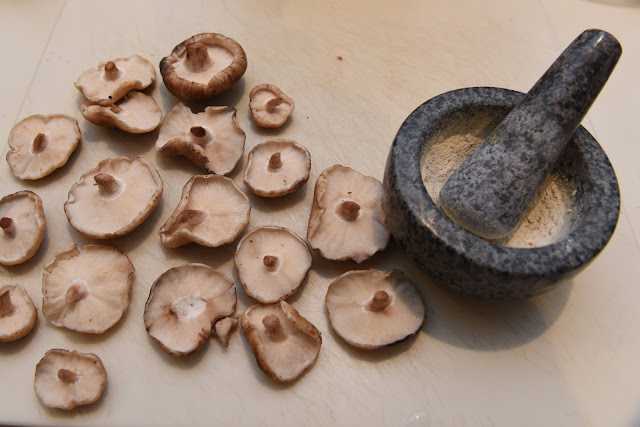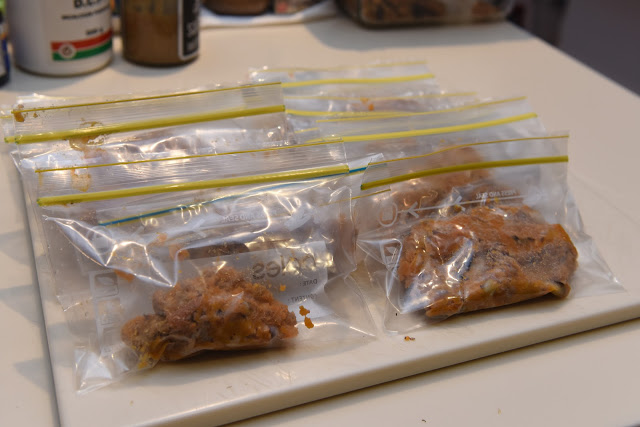 |
| Phil looks on as we prepare an evidence-based home-made meal. |
Plenty of people I speak to (clients and otherwise) feed
home-cooked diets but the majority are not nutritionally complete. Boiled
chicken and rice, even with a few vegies thrown in, doesn’t meet all of an
animal’s nutritional needs. But before anyone gets defensive, I couldn’t – by
myself – formulate a nutritionally complete, home-made diet for my own animals. Apart from
being time poor, I am not a specialist in this field nor am I a cook. And I
admit this to clients who ask.
But hope is not lost for people like me who want to feed
their non-human companions a home-made nutritionally complete diet. I should
clarify – I don’t have an issue with commercial food per se – but I don’t eat
it either.
I recently learned that there are veterinary
nutritionists who provide a referral service to veterinarians. That is, the
veterinarian submits the patient signalment and history and any other pertinent
info, and the nutritionists use this information to calculate nutritional
requirements. This is then used as the basis of a recipe or recipes. There are
a number of services available, both in Australia and overseas. I wanted to try it out to see if I could find a diet that would agree with Phil.
I used Massey University’s service, provided by
veterinary nutrition specialist (and not the singer) Nick Cave and resident
Becca Leung. About a week after submitting the information I received an eight
page report detailing Phil’s nutritional requirements and providing some
recipes.
 |
| Some of the ingredients. Please read below as to why I've not provided the recipe. |
Last week I spent an afternoon cooking (well, all up it
was about an hour – still possibly the longest time I’ve spent in the kitchen
for a while). It was an experience. I used a mortar and pestle. I was finely
chopping things. I felt like I was on Iron Chef. Phil could tell we (I had a
support person who talked me through the boiling of some sweet potatoes) were
up to something. And then when we finally put the plate in front of him, he ate
it ALL. That NEVER happens! And he’s kept eating it since.
 |
| It involved some shitake mushrooms and a new mortar and pestle. |
A few things I learned on the way:
- The ingredients aren’t cheap – at least initially. Some food ingredients and supplements are a bit costly, although if you’re making batches over the long term this will reduce average cost per meal significantly.
- You can’t do the Jamie Oliver “splash of this” and “dash of that” thing. You have to measure exact amounts using measuring implements and scales. I can also confirm that when it comes to baking pecan pie the “splash of this” and “dash of that” method fails spectacularly. I tried to make one about a decade ago and thought the mark of a good chef was a cavalier approach to measurement. It failed to cook in the middle. I sent my nanna photos of said pie including a view of the cut surface, pathology style (I called it a pieopsy), and she made the diagnosis immediately: “You didn’t measure everything exactly, did you Anne?” I had to shamefully admit that I hadn't. Lesson learned. The instructions are clear: “The diet must be made exactly as described, as any changes may result in deficiencies or detrimental health effects.” Similarly, you can’t just substitute one oil for another.
- You can’t freeze things forever. This was a revelation. I have been living on the assumption that anything that goes in the freezer - anything that isn't intended for histopathology - is cryogenically preserved and can be revived one month, two months, or ten years later. This isn’t so. Frozen food can lose its nutritional value so they recommend making batches and using them within one to two weeks.
 |
| Actual cooking. Happening in my kitchen. |
I think services like this are fantastic. There are
plenty of people touting supposedly balanced recipes for dogs online, but few of
them are evidence-based and you get what you pay for.
Not every companion animal can eat a commercial diet, nor
does every owner want to feed one of these, but getting the formula right is a
real challenge and being able to involve a specialist is a great option.
 |
| The week's meal's served up. Will have to invest in some reusable containers. |
Why am I not providing the recipe? It isn’t top secret
but it was formulated based on Phil’s physical parameters and medical history –
which is unique to him. I didn’t think it was wise for people to simply copy
this recipe and use it on their own animals. Phil is a senior dude, he has no
teeth, he has some allergies, he is prone to the odd vom and diarrhoea, and 2kg isn't your average sized dog, so the
diet was formulated with these things in mind.
Veterinarians can use this service by contacting Massey
University Veterinary Teaching Hospital.
On this topic, if you’re interested in learning more about veterinary
nutrition, the Centre for Veterinary Education is running a TimeOnline Small
Animal Nutrition course taught by Professor David Fraser from July 4. More info here.
